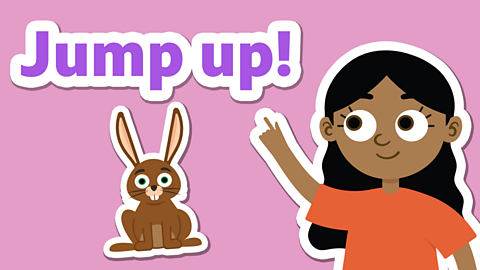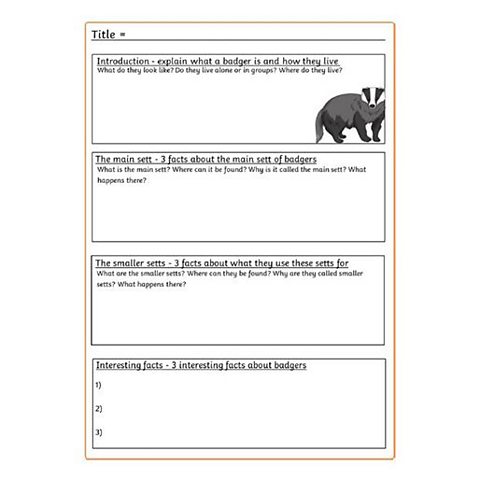Watch: How to write a report

Reports are informative pieces of writing that give information to the reader about a certain topic. For example: space, the bald eagle, Scotland, flags of the world or anything else you’re interested in.
Watch this short clip to learn about what makes a clear and informative report.

Learn how to write a clear and informative report.
Report rules

All the information must be about the same topic.
You should provide the audience with lots of facts and evidence rather than personal opinions.
Reports must be set out clearly with a title, introduction, paragraphs, subheadings and images. (Subheadings are little titles for each paragraph, or group of paragraphs, to explain what they are about.)
They should be written in a formal tone (like how you would speak to your head teacher).
They should be written in the present tense (as if the actions are happening now).

Using formal language

The purpose of your writing, as well as your audience, will help you decide whether to use a formal or informal style of language.
In an informative report, formal language is used and may include the following features:
- A serious tone
- Language that is clear and to the point
- Specialist vocabulary for the subject
- No slang or contractions (there is instead of there’s)
- Complex sentences
For example
Formal: ‘We must go to the library and study.’
Informal: ‘We’ve got to head to the library and hit the books!’

Activity 1

Read this formal report about Humpback Whales on Newsround and then answer the following questions.
This is a good example of a formal report, so you can use it as inspiration for your own writing.
1. What does the report have at the very beginning?
2. What does each paragraph have?
3. Does it use a formal tone (like how you would speak to your head teacher) or an informal tone (how you would speak to your best friend)?
For questions four and five, see if you can find an example to support your answer.
4. Is it written in the present tense?
5. Does it use facts?
You can check your answers with this answer sheet.

Activity 2
You are going to write a report all about badgers.
Watch the following clip in which wildlife expert and TV presenter Chris Packham explains how badgers live underground.
You will fill in a planning sheet afterwards, so pay close attention to the facts.
Chris Packham describes how badgers live underground.
Now fill in the ‘Badger Report Planning Sheet'.
In each box write notes about what you will write in each paragraph. Notes do not have to be full sentences. Use the questions in each box to help you.
Either print the sheet out or copy the subheadings down on paper and write your notes under each one.
Remember: A report should contain facts not your opinions. You may think badgers are the cutest animals in the world but that’s an opinion so it should not be included.
Top tip!
You can re-watch the video as many times as you want to get all the information you need.
Activity 3

Now you’re ready to write your report.
Remember
Keep looking back at your plan as this shows you everything you want to include.
Refer back to the Report rules at the start of the lesson. If you include all of these your writing will be very impressive!
Make sure you write in full sentences and in paragraphs. Aim for each paragraph to be between four and six sentences long.
Top tip!
Use conjunctions to make sure that your sentences flow nicely together.
Coordinating conjunctions like and, but and so can help you join two sentences together.
Subordinating conjunctions like which, because and when can help you add extra detail to a sentence.

Activity 4

Read your report to yourself, or to someone else at home, if you can.
Go through the Report rules and tick off the features you have used.
Using a different coloured pen, underneath your writing:
Write two things that you really like about your report.
Write one thing that you would like to improve next time you write a report. This could be a feature that you forgot to include, for example.

Play Crystal Explorers to get ready for SATs. gamePlay Crystal Explorers to get ready for SATs
In this game, use grammar, punctuation and spelling skills to explore jungles, caves and tombs on your mission!

More on Non-fiction
Find out more by working through a topic
- count7 of 18

- count8 of 18

- count9 of 18

- count10 of 18

